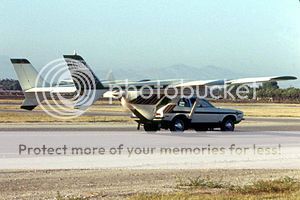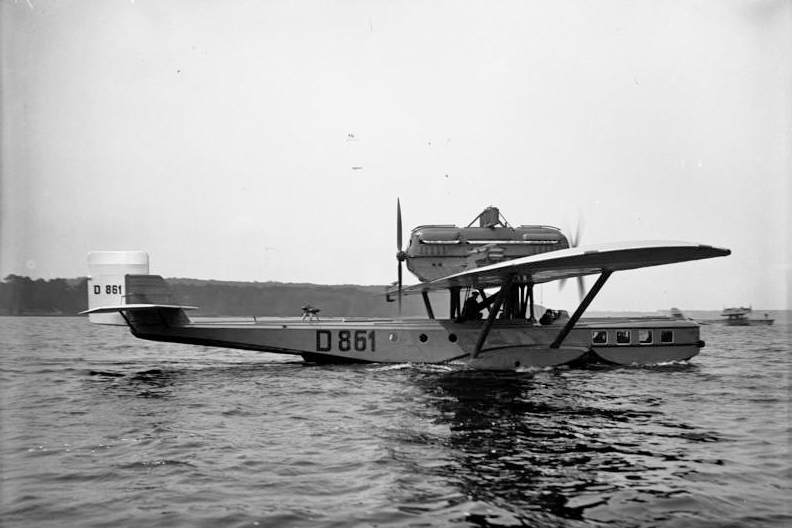docmirror
Touchdown! Greaser!
- Joined
- Jan 5, 2007
- Messages
- 12,008
- Display Name
Display name:
Cowboy - yeehah!
That must not be too big a problem, because the C-336/337 performs better OEI on the rear engine than on the front engine. So much so that it inspired Cessna to investigate a twin-boom single-engine pusher design in the C-150 category, to see if better performance could be coaxed from a low-power engine. Performance was okay, but it too had issues with noise, vibration, rear-engine cooling and crashworthiness, control system friction, overall weight and projected construction cost.
I never mentioned OEI. Turn off the front engine, and lots of things change. However, with both engines on, it's a problem. There were two 337s at my little airport for many years, and after talking to the owners of both, it was the most underperforming plane either of them ever had.
Someone mentioned the Twinkie, and if memory serves, the 337 required 420HP to get the same speeds and climb that the Twinkie could do on 360HP. Also, if you get the C/R option when you rebuild the Twinkie engine so it rotates the correct way, no more critical engine, and you gain 3Kts as well.
So, it's 1963-66. You have a choice between the Twinkie and the Skymaster. AvGas is only 58 cents a gallon or something like that, but the Skymaster is several thou more than the Piper, and goes the same speed, and you have extra cylinders to deal with. It'll carry more weight if that's an issue but the rear engine didn't help much in cruise.






